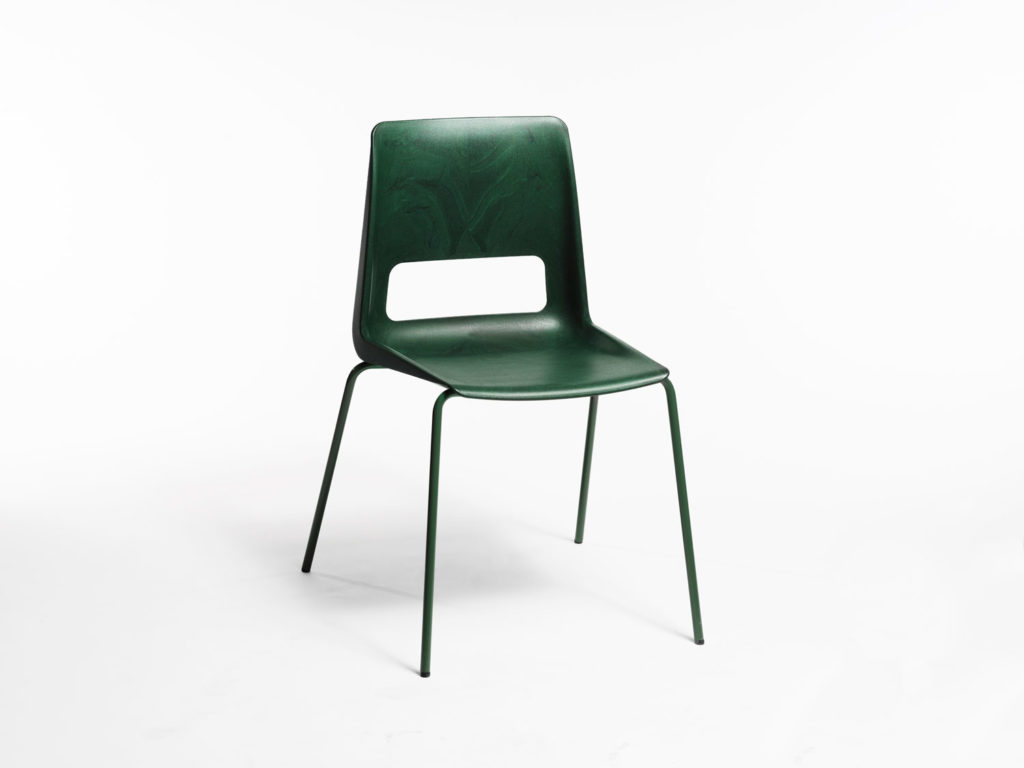
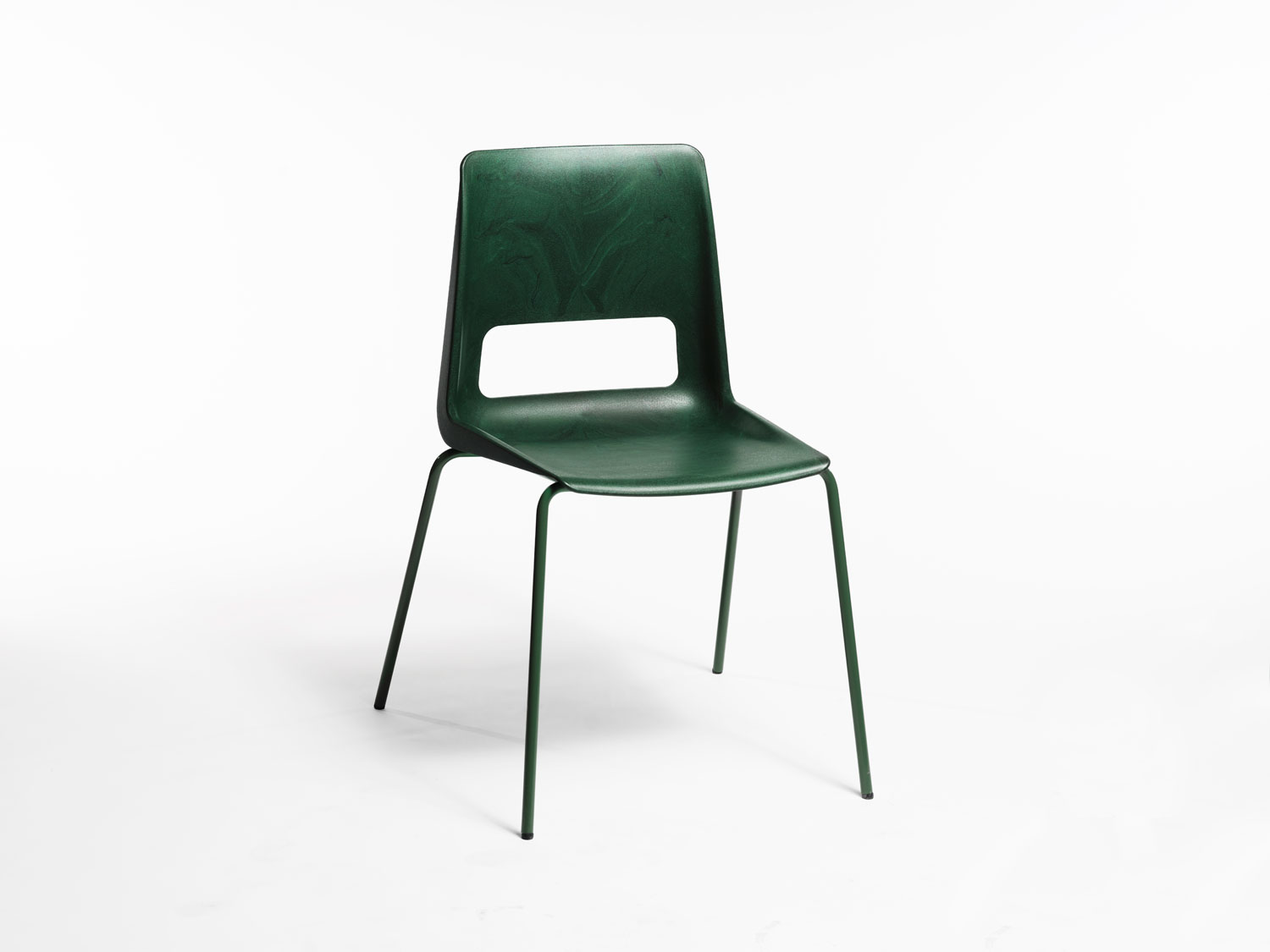
Snøhetta is presenting one of the projects that were born out of this research. Together with furniture manufacturer Nordic Comfort Products (NCP), Snøhetta has developed a chair with a body made from 100 % recycled plastic from the local fish farming industry in the North of Norway, and a subframe made from recycled steel. By eliminating the need to use new raw material in the production, the chair has obtained a carbon footprint which is one of the lowest in the market. Known as S-1500, the chair is a structural redesign of Norwegian modernist Bendt Winge’s classic R-48 chair from the late sixties, which is also produced by NCP. His R-series line of chairs for schools and offices has sold more than five million units in Norway alone.
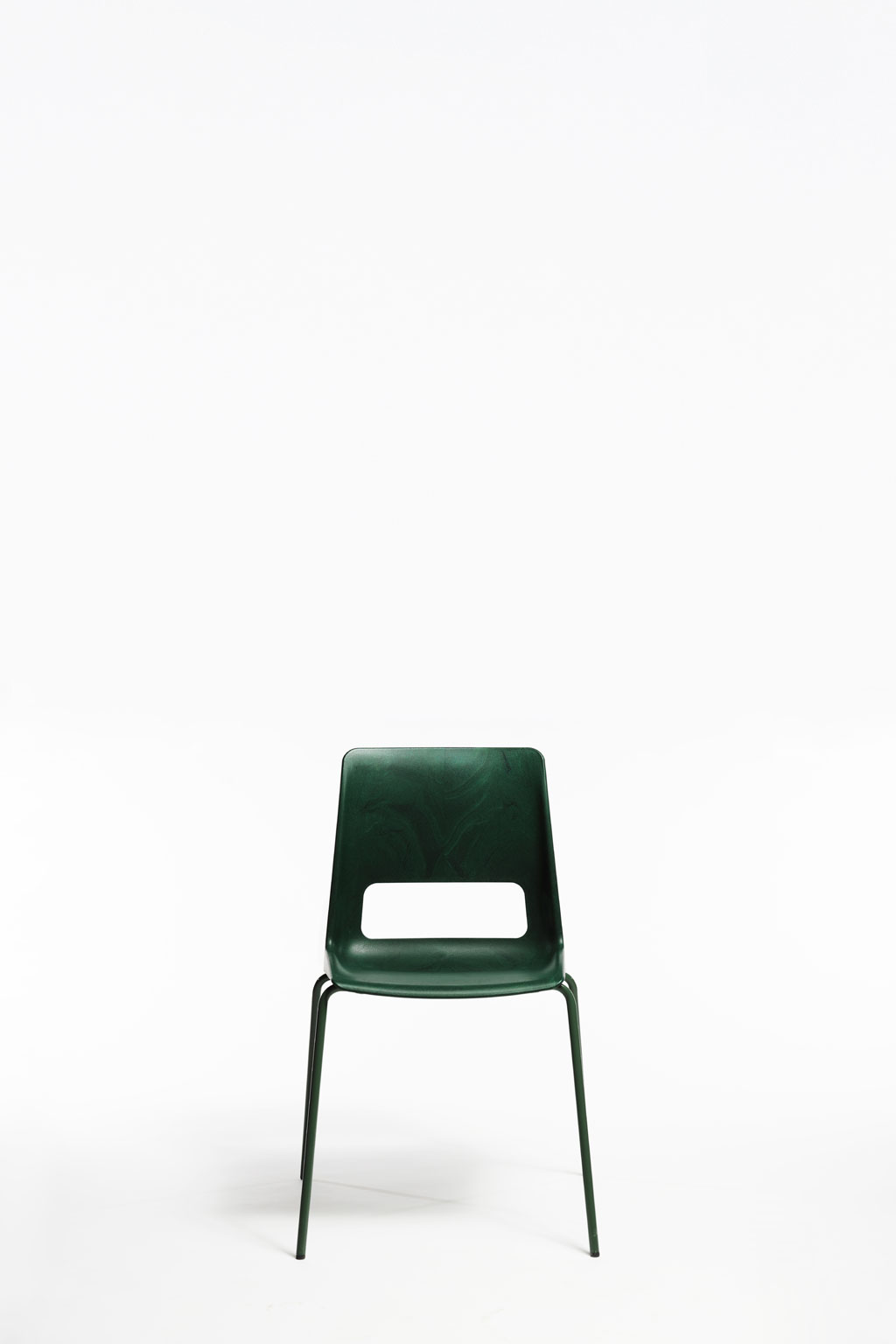
The material used in the production of the S-1500 chair is provided by local fish farming companies like Kvarøy Fiskeoppdrett and Nova Sea, that supply NCP with worn-out fish nets, ropes and pipes from their operations. Once these components are worn out they can be collected, processed and subsequently grinded into a granulate that can be injected into formwork, generating endless of possibilities for developing new objects. In this way, the project contributes to building a local, circular economy, as it employs plastic waste from the local industry to produce chairs in the same area.
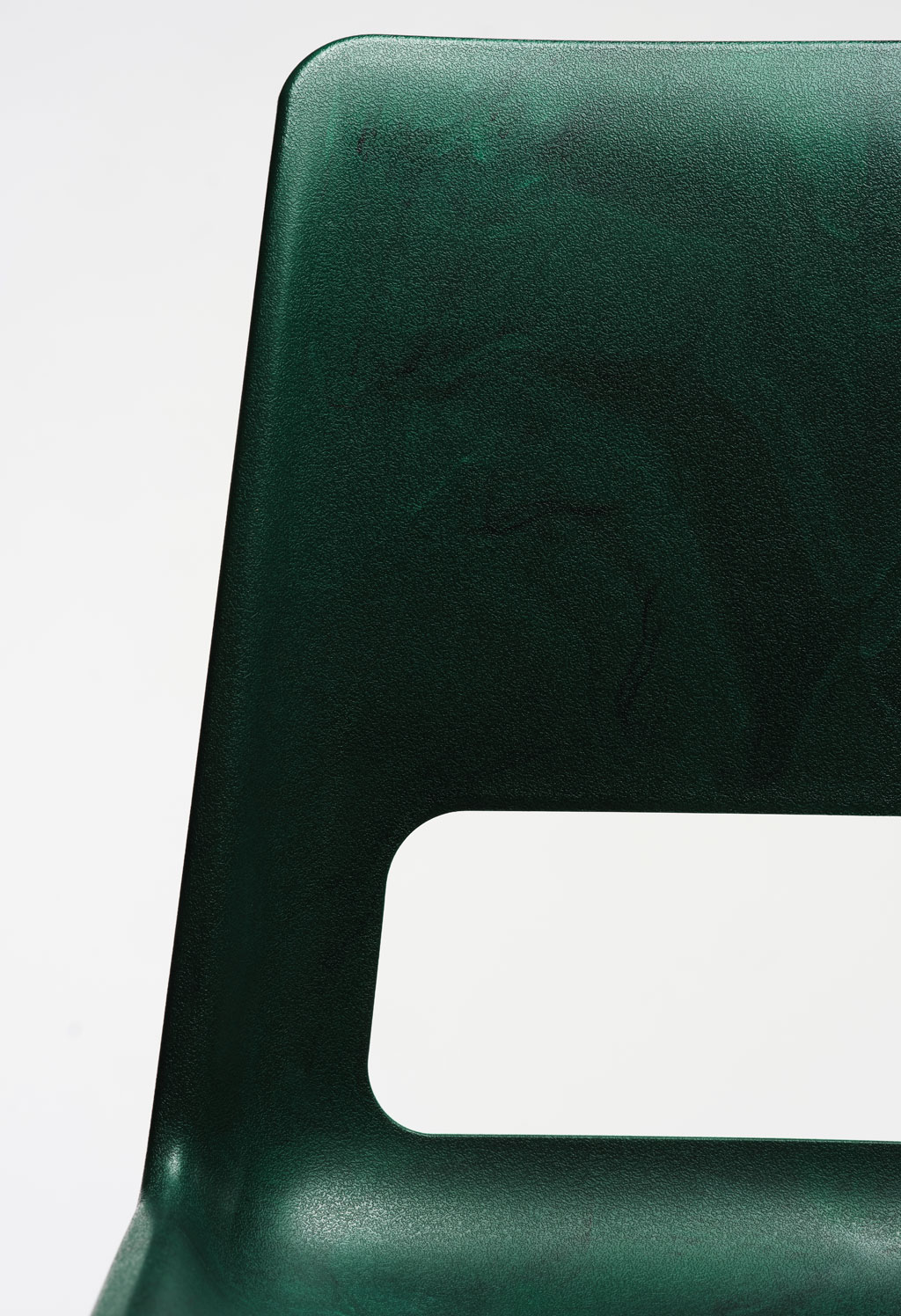
Due to its production technique and varying plastic compositions, the pattern of each chair will be unique, even though the chair will be mass produced. Its matte, pebbled, dark green surface bears resemblance to marble. It tells the story of plastic that has been on a journey as fish nets in the North Sea, to the production facilities of NCP and eventually ends up as a chair in a school, a home or a public facility.
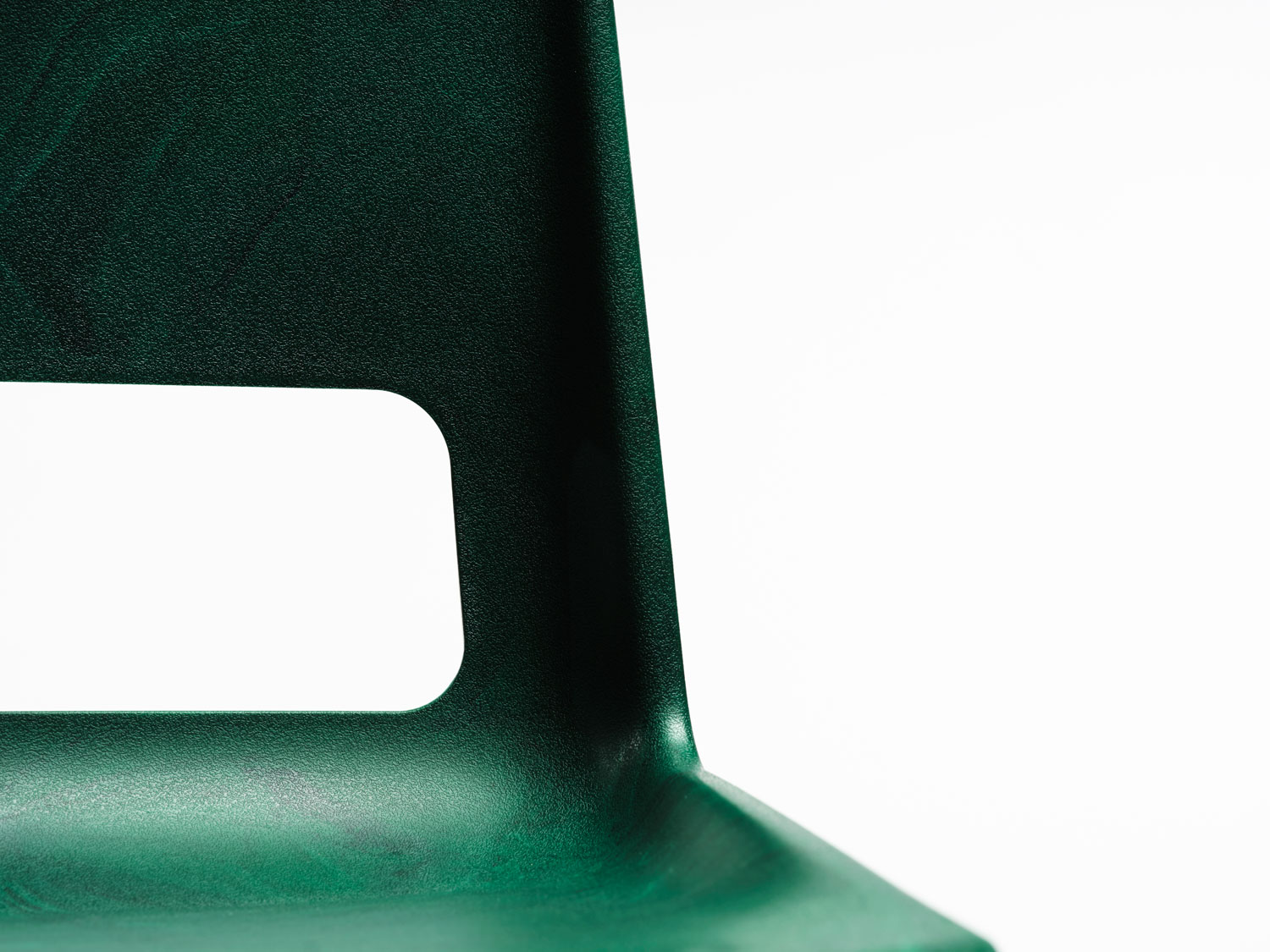
In order to reduce the need to produce new, virgin plastic, consumers and industry need to acknowledge the value inherent in used plastic and find ways to substitute virgin plastic with recycled material. With the development of the S-1500 chair, Snøhetta hopes to inspire people to employ waste material in new and sustainable ways through innovation and design.
comments